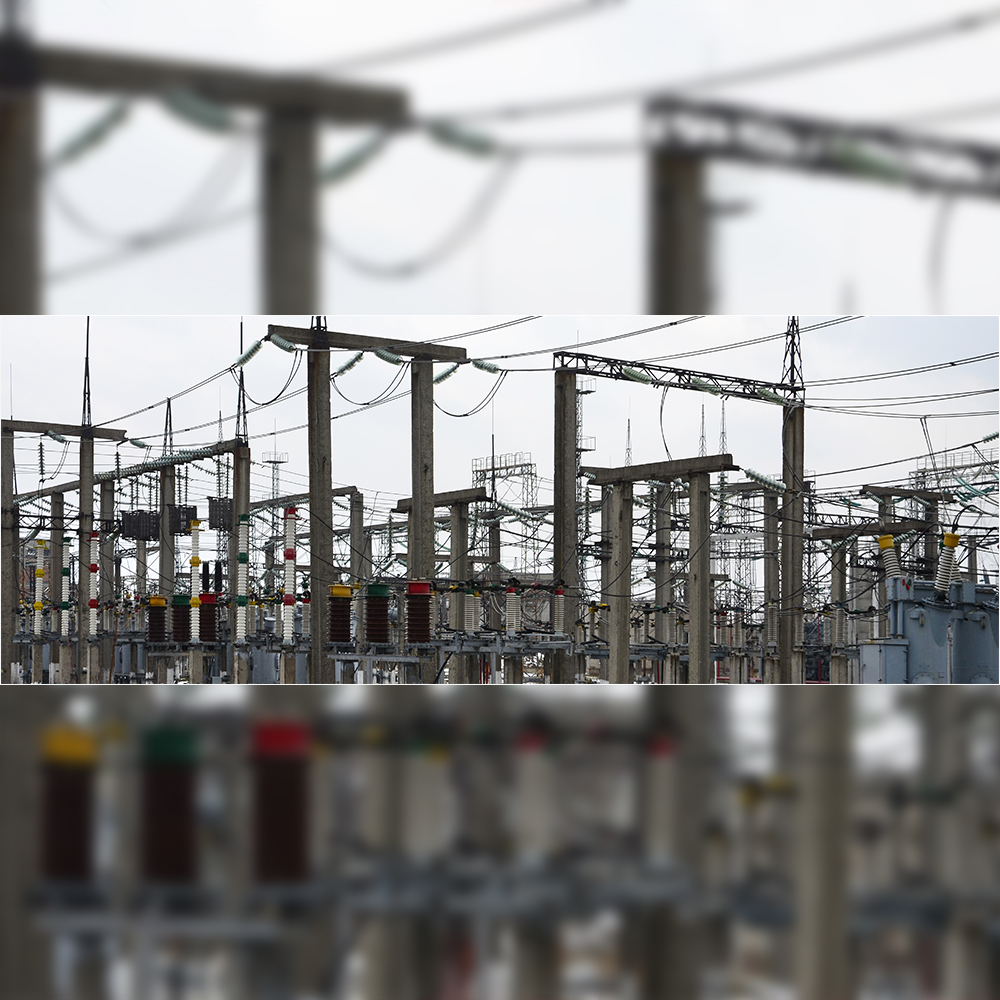
Global Businesses increasingly turn to renewable energy sources to seek sustainable energy solutions. Solar wind energy, a fusion of solar and wind energy technologies, presents a promising avenue. This innovative approach harnesses the sun’s rays and the wind’s force to generate electricity, offering a green alternative to traditional fossil fuels. However, like any energy source, it has advantages and disadvantages. Understanding these can help sustainable global businesses make informed decisions about adopting solar wind energy.
The Advantages of Solar Wind Energy for Businesses
One of the most significant benefits of solar wind energy is its minimal environmental footprint. Unlike fossil fuels, which emit harmful greenhouse gases contributing to climate change, this produces clean, renewable power. By adopting this technology, businesses can significantly reduce their carbon footprint and contribute to global environmental conservation efforts. It can provide businesses with energy independence, reducing reliance on traditional power grids and the volatility of fossil fuel markets. By generating electricity, companies can protect themselves against fluctuating energy prices and supply disruptions, ensuring a more stable and predictable energy cost.
Long-term Cost Savings
Although the initial investment in these systems can be high, the long-term savings are considerable. Once installed, the operational and maintenance costs are relatively low. Solar panels and wind turbines can last for decades, providing businesses with free electricity for their lifespan. Over time, the savings on energy bills can offset the initial setup costs.
Adopting renewable energy sources such as solar and wind can improve a business’s brand image. Consumers are increasingly environmentally conscious, and companies committed to sustainability can enjoy a competitive advantage. This positive public perception can increase customer loyalty and sales and attract quality employees who share the company’s environmental values.
The Cons of It for Businesses
The most significant barrier to adopting it is the initial cost. The price of solar panels and wind turbines, along with installation and integration into existing power systems, can be prohibitive for some businesses. This upfront investment may deter smaller companies or those with limited capital from transitioning to these. Solar panels and wind turbines require significant space to be effective. Businesses in urban areas or with limited physical space may find installing enough solar panels or wind turbines to meet their energy needs challenging. This spatial limitation can restrict some businesses’ applicability of it.
Intermittency and Reliability Issues
It is dependent on weather conditions, which can be unpredictable. Solar panels need sunlight to generate electricity, while wind turbines require wind. During low sunlight or wind periods, energy production can decrease, affecting businesses that rely heavily on consistent power supply. This intermittency necessitates the need for backup energy solutions, adding to the complexity and cost of energy management.
Technological and Infrastructural Challenges
Integrating solar wind energy into existing power systems can pose technological and infrastructural challenges. The variability in energy production may require businesses to upgrade their energy storage and management systems to ensure a stable power supply. Additionally, the relatively nascent technology means that companies may need help finding skilled technicians for installation and maintenance.
Navigating the Challenges
Despite the drawbacks, the challenges of these are manageable. Technological advancements are steadily reducing the cost of solar and wind energy equipment, making it more accessible to a broader range of global businesses. Innovations in energy storage and management technologies are also addressing the intermittency issue, enhancing the reliability of it.
To mitigate the high initial investment, businesses can explore various financing options, such as grants, green loans, and leasing agreements. Government incentives and tax breaks for renewable energy projects can further offset the costs. For businesses with limited space, community solar or wind projects offer an alternative way to benefit from renewable energy without requiring large installations on their property.
It presents a compelling option for businesses looking to reduce their environmental impact, achieve energy independence, and enjoy long-term cost savings. While the challenges of high initial costs, space requirements, intermittency, and technological hurdles cannot be overlooked, the ongoing advancements in renewable energy technology and supportive financial mechanisms make it increasingly feasible for businesses to adopt these.
As the world moves towards a more sustainable future, businesses that invest in solar and wind energy contribute to environmental conservation and position themselves as forward-thinking leaders in the global market. The decision to adopt solar wind energy should be based on a thorough analysis of the pros and cons, considering international businesses‘ specific needs and capabilities. With careful planning and strategic investment, its benefits can far outweigh the challenges, paving the way for a greener, more sustainable global business model.